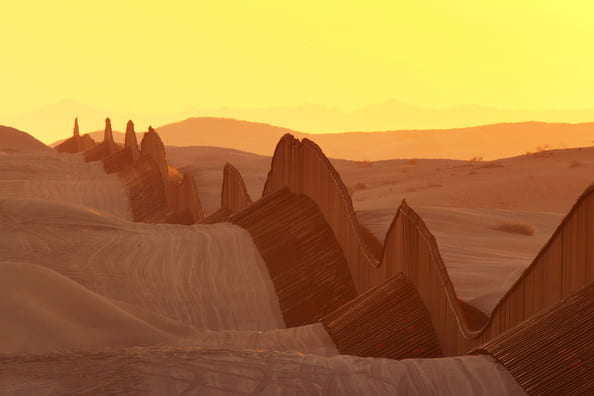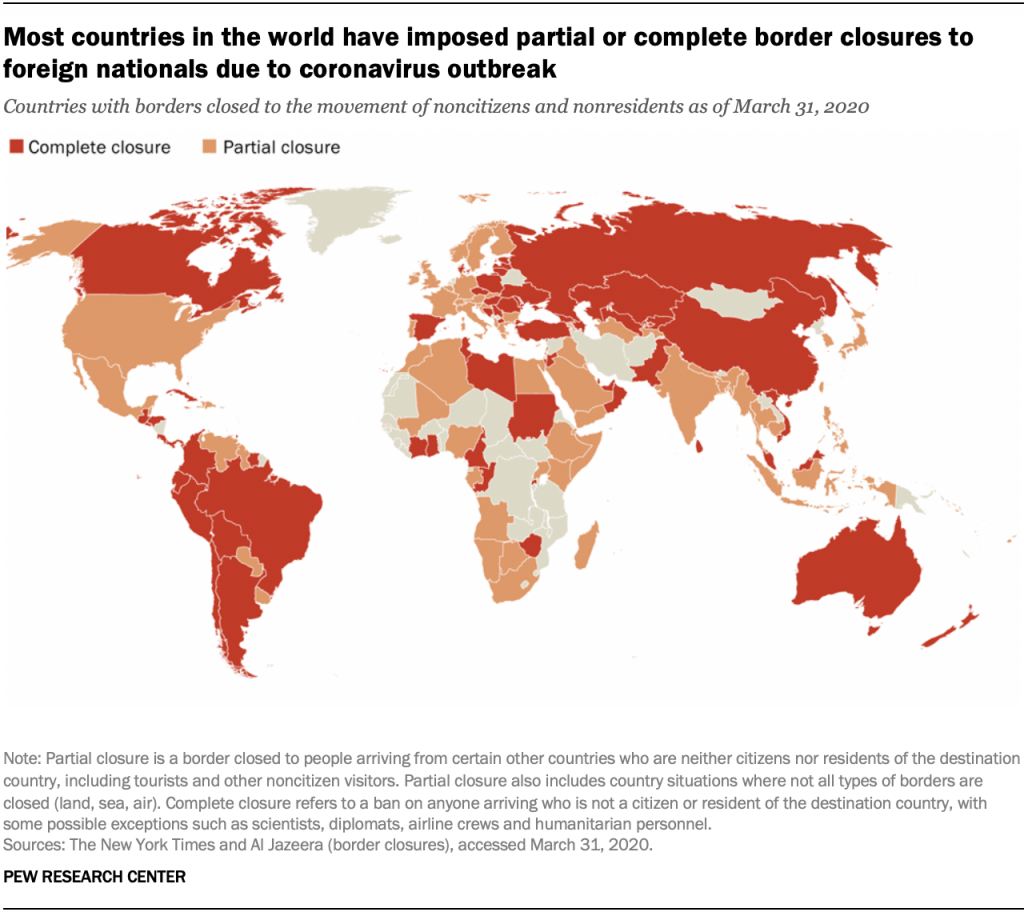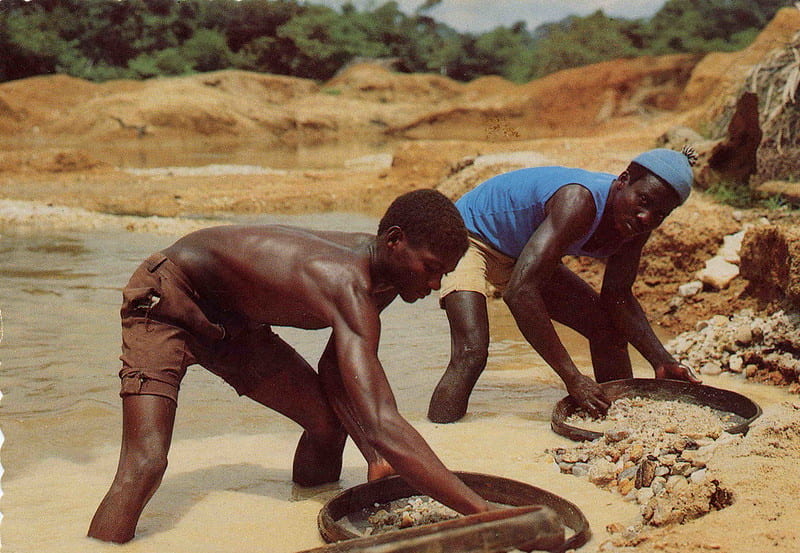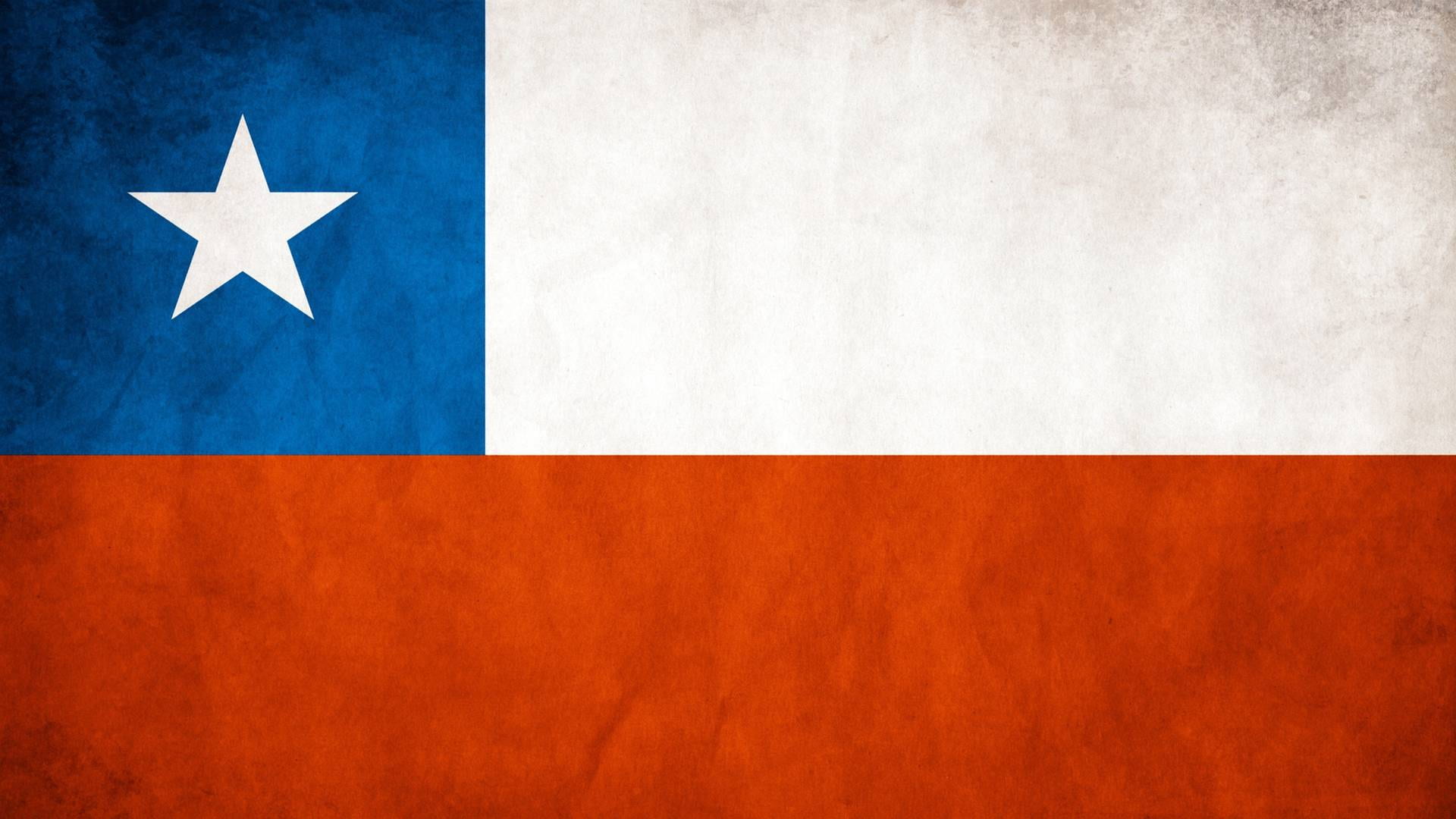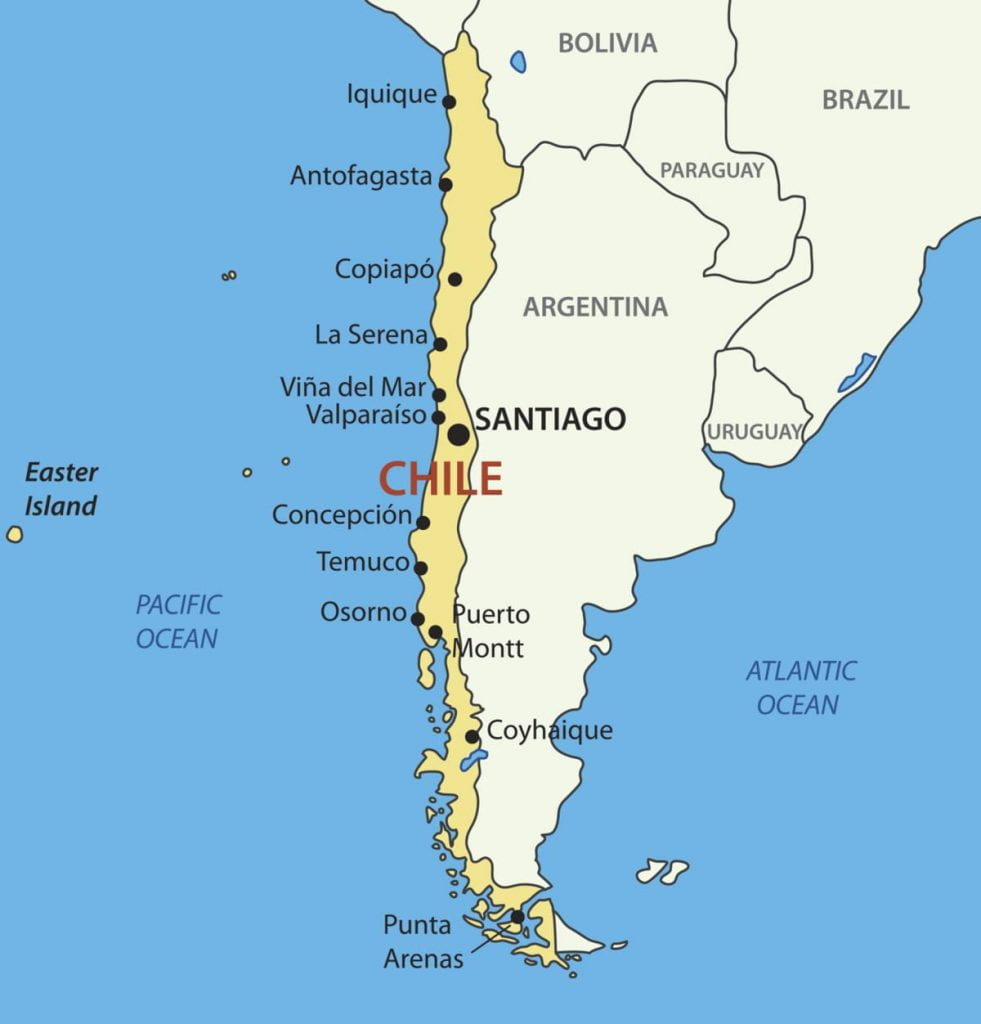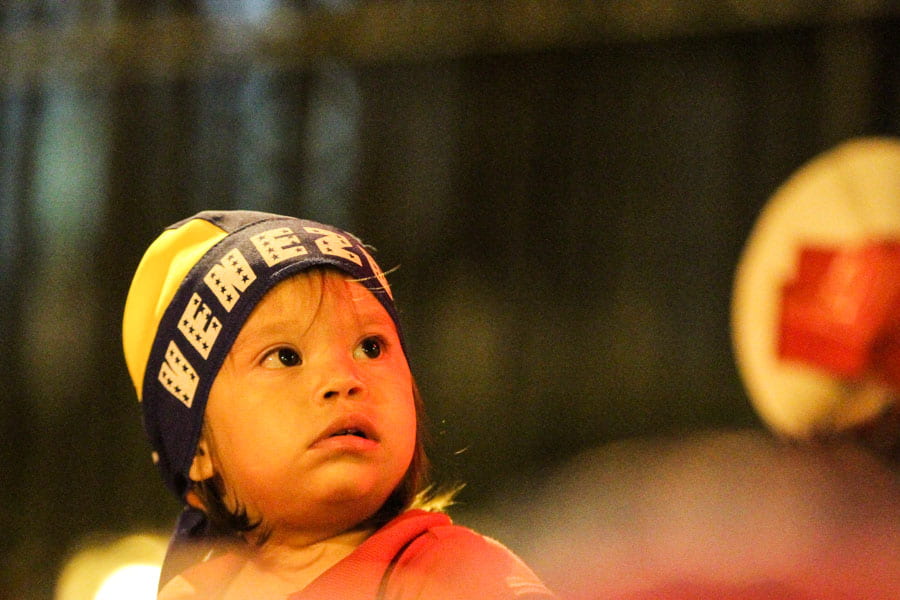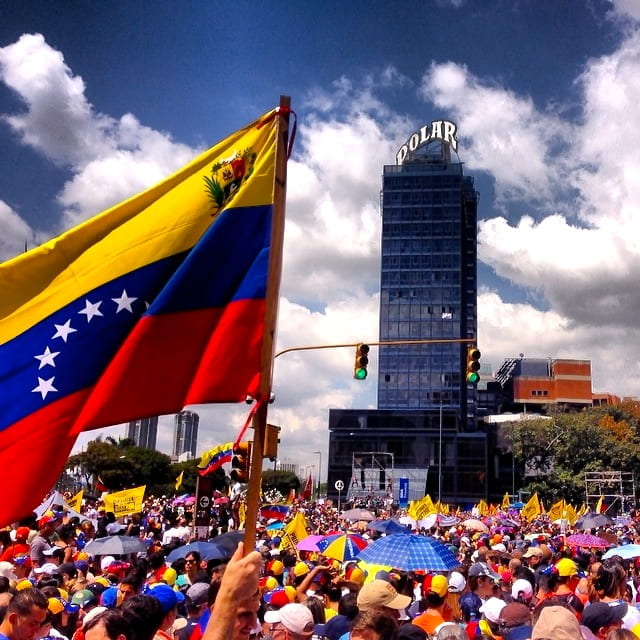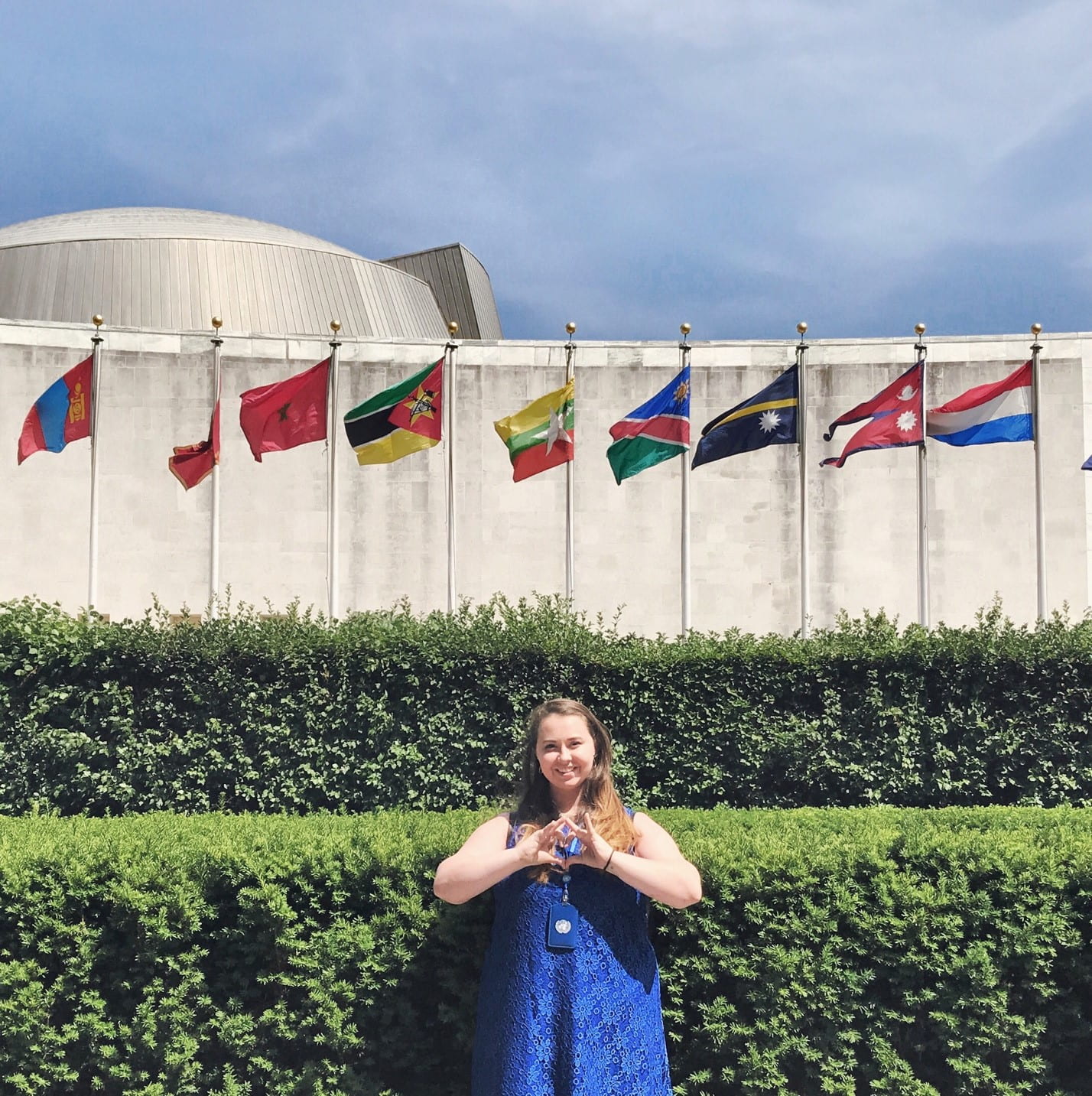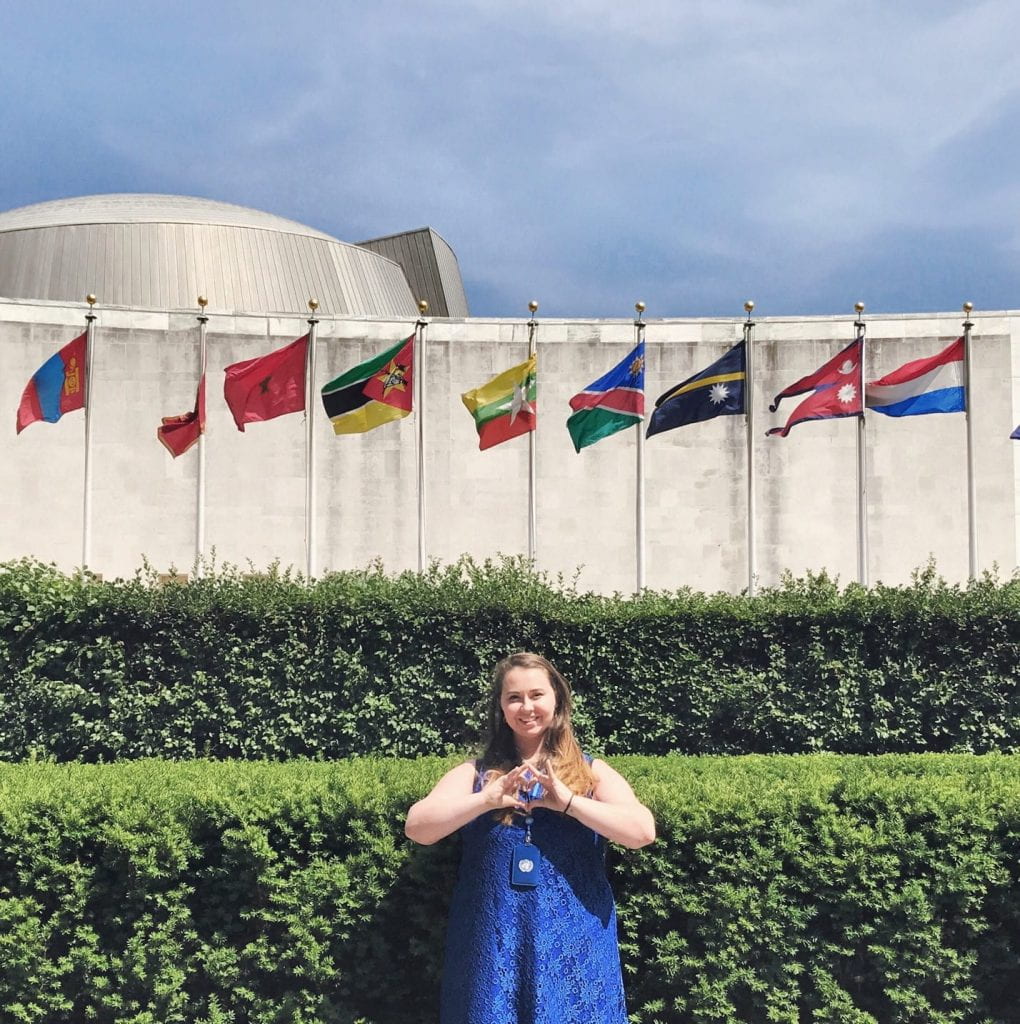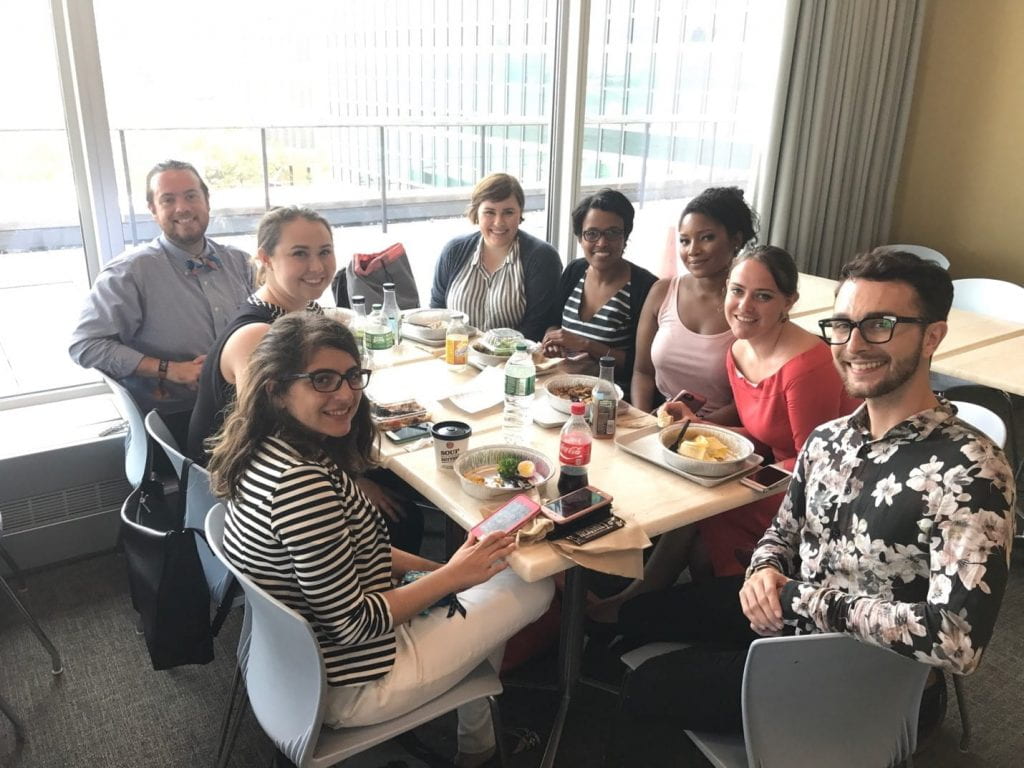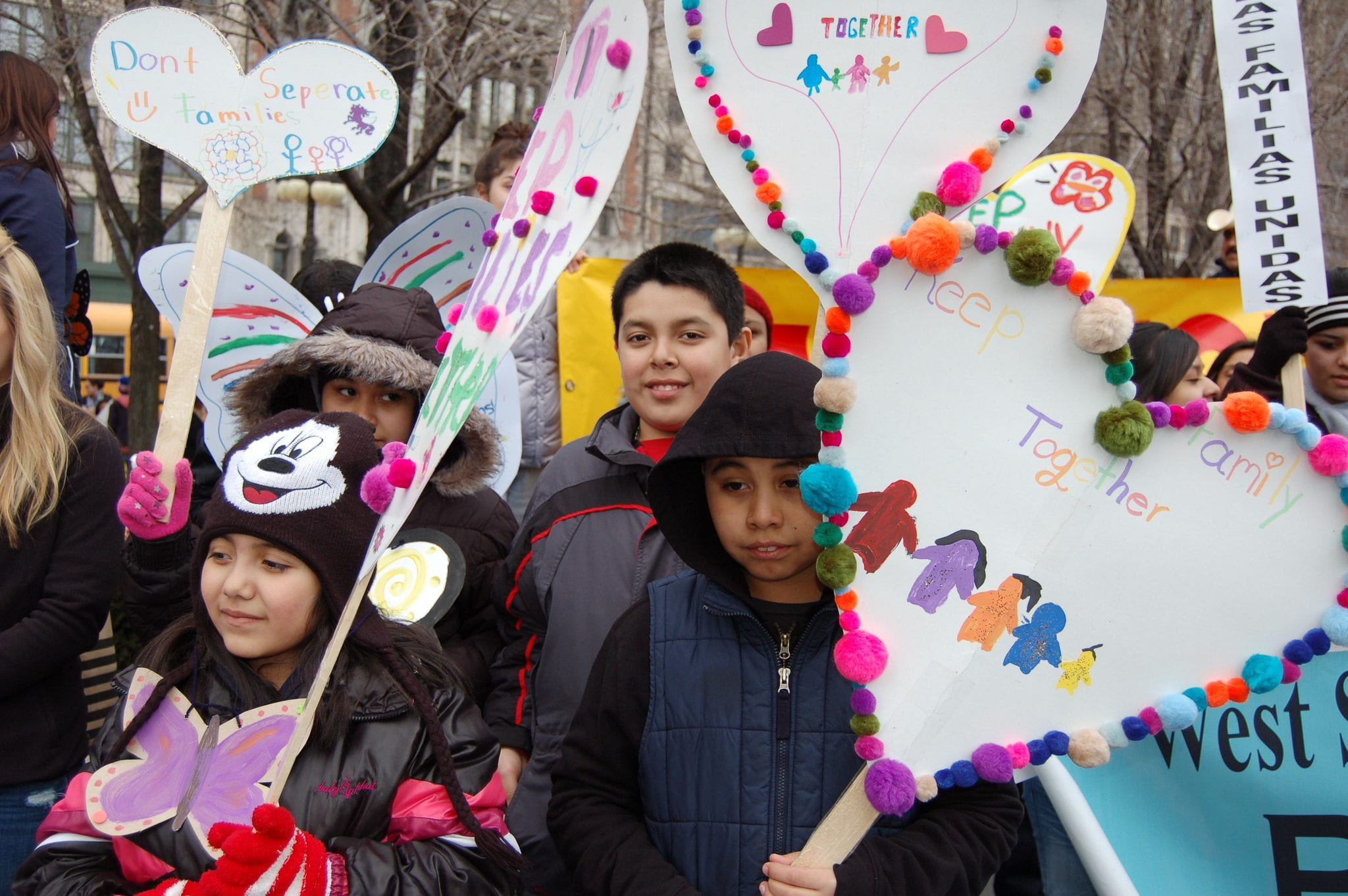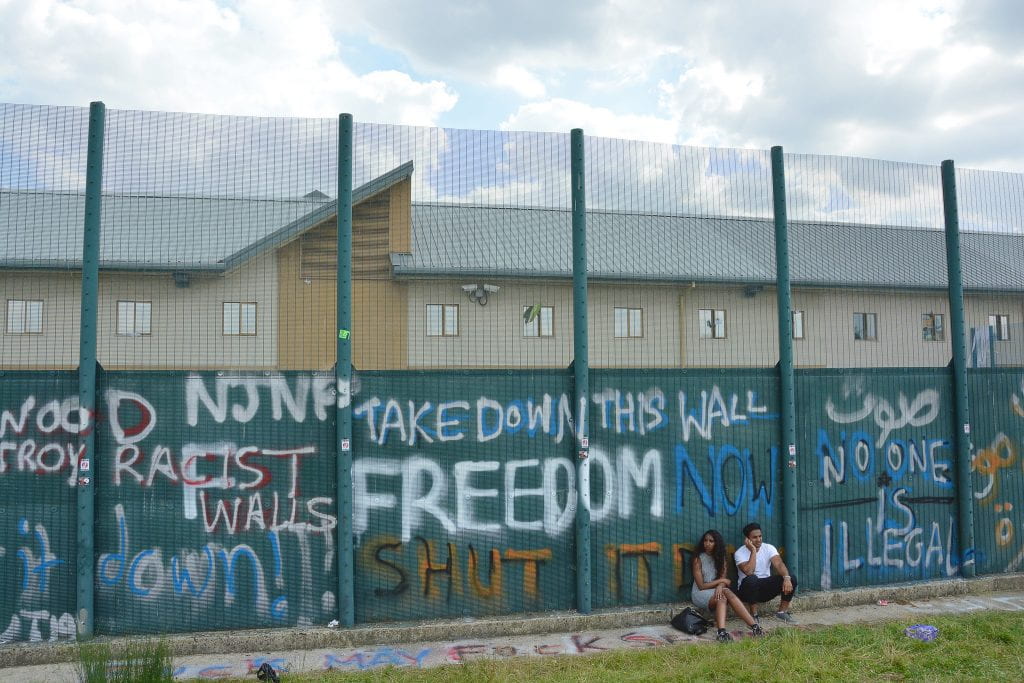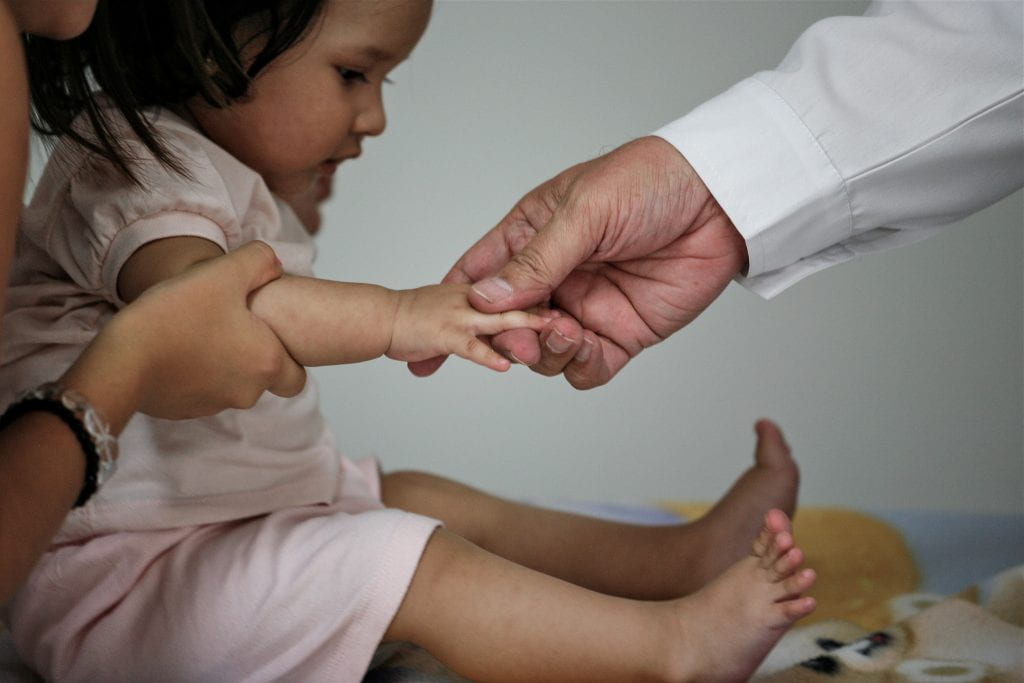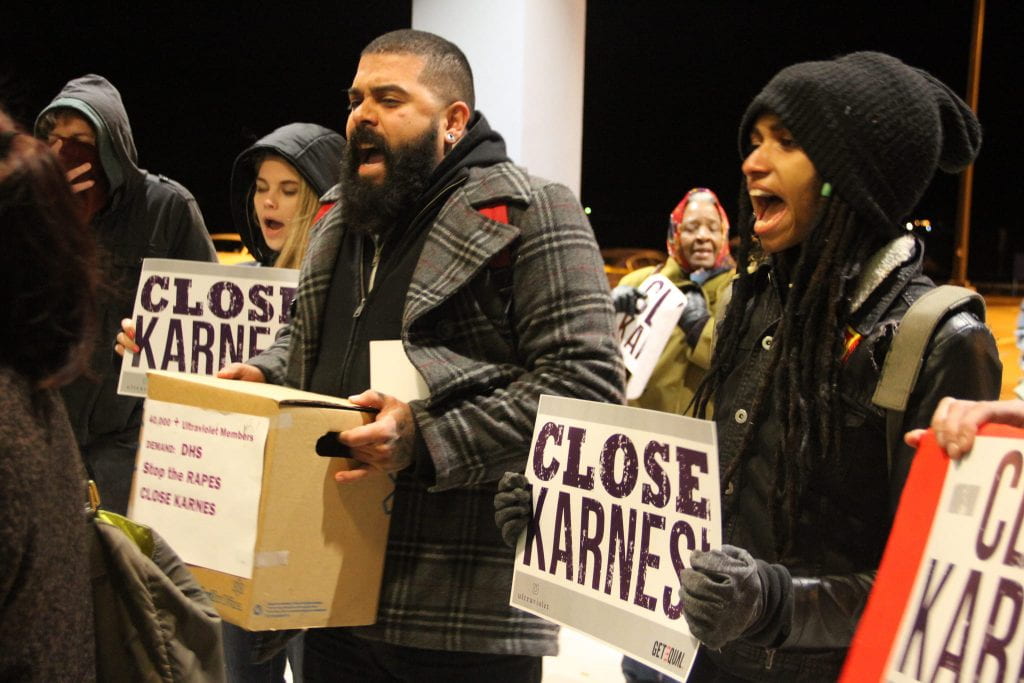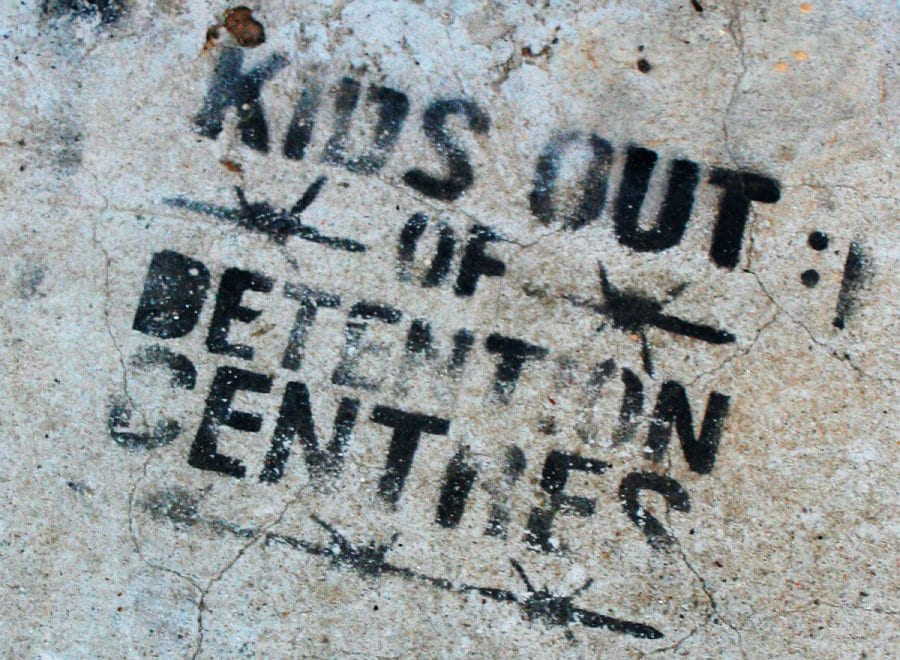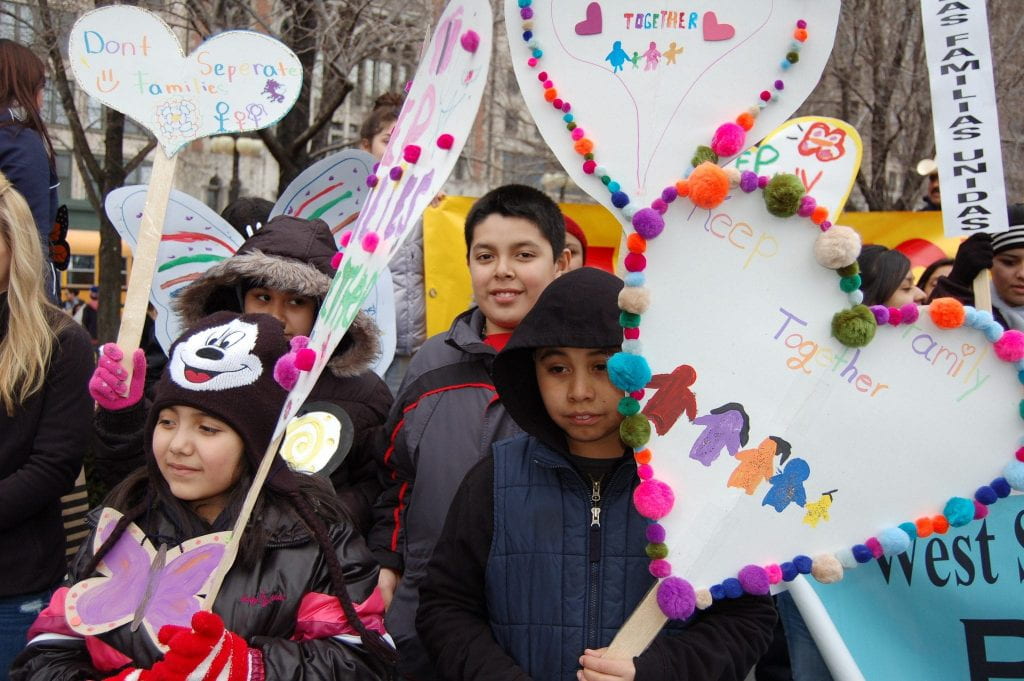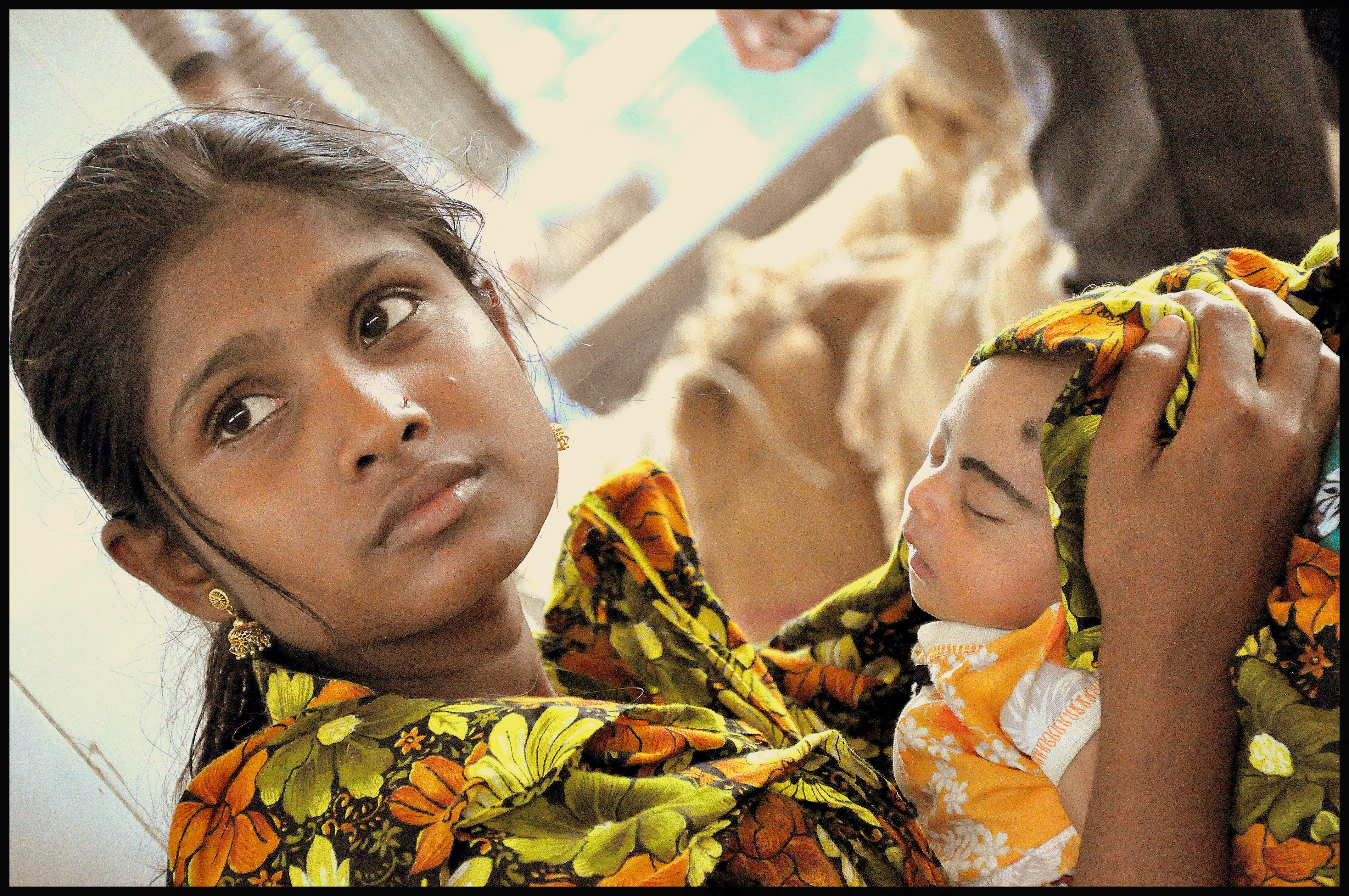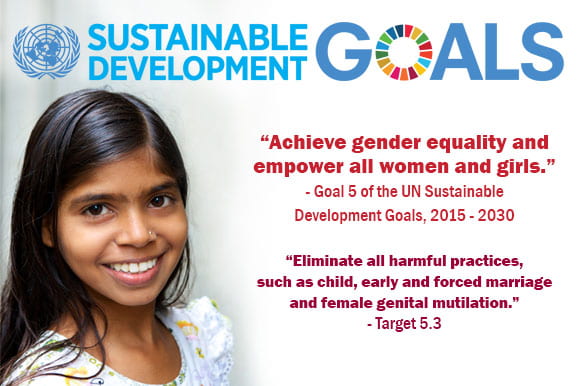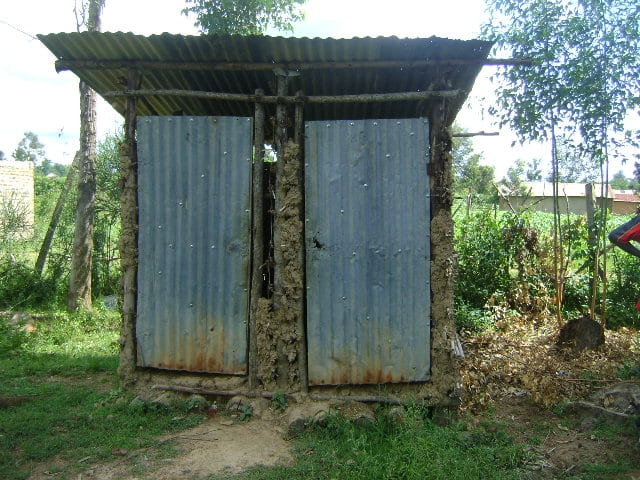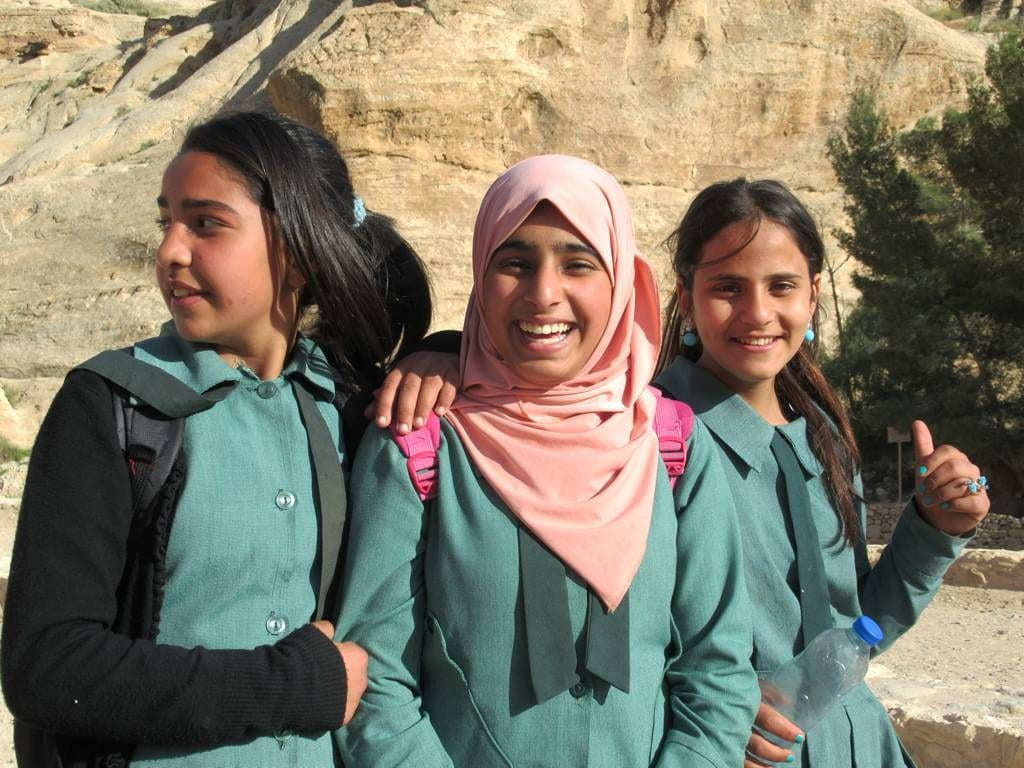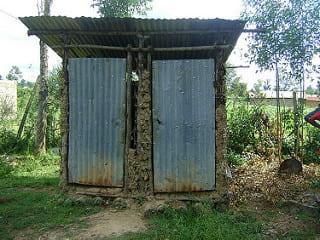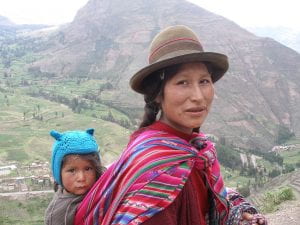
Many people don’t know what the eugenics movement is. Others know what it was, but think it was restricted to Germany’s sterilization—or making people unable to reproduce—of millions of people they saw as unfit: Jews, people with mental and physical disabilities, and the LGBTQ community, among others. However, Germany was not the first or the last to sterilize certain citizens in an attempt to “better the gene pool”; the United States’ policies actually inspired Hitler’s eugenic goals. After WWII, the United States publicly condemned sterilization and eugenics, but the last forced legal sterilization in the country wasn’t until 1981.
Eugenics has operated as a science of improving humans, whereby the procreation of the people deemed fit is promoted and procreation of those deemed unfit is limited. Proponents of eugenics believe nature wins in the nature vs nurture fight; if you’re born into poverty, it’s because you have a gene that’s keeping you there. Throughout history, the groups of people that were deemed unfit were those in low socioeconomic groups, minorities, and epileptics, most of which were women—basically, the people that didn’t fit the mold. They did this under the broad and vague diagnosis of “feebleminded”.
While the sterilization of poor and minority women in the United States is over, eugenics still goes on today. There are groups of people targeted by the modern eugenics movement—one of which is indigenous people. In Peru, almost 300,000 people—mostly poor, indigenous women living in rural areas—were sterilized between 1996 and 2000. Most of these sterilizations were forced or coerced, and some even led to death.
Then President Alberto Fujimori ran on a campaign of expanding health care and lowering poverty rates. However, instead of providing contraceptives to indigenous women, doctors forced sterilizations on them. Fujimori claims that doctors that forcibly sterilized women were not following the strict regulations that were put in place to prevent these occurrences. However, many of the doctors who performed these sterilizations have revealed they were given quotas to fulfill: “Dr. Hernando Cevallos… received an order to sterilize 250 women in 4 days in 1997.”
There were many ways doctors reached their quotas. Some sent public health officials to the homes of women with large families and pressured them to be sterilized even if they wanted more kids. For example, officials visited Gloria Basilio multiple times until she finally agreed. When she changed her mind in the operating room, they restrained and blindfolded her so they could continue with the surgery. Some of these women are illiterate or don’t speak Spanish at all, so the officials took advantage of that and got them to sign the consent forms without them understanding the procedure. Other officials never tried to get informed consent. Women have been pressured to be sterilized moments after giving birth.
These women have been affected in a far greater way than just being unable to have children. One woman had serious medical complications, which were written off by the doctors. She died less than two weeks later at home. She is not the only woman to have sterilization disable or kill her.
Aside from medical complications, they also experience social and mental complications as a result. In the indigenous culture, women are expected to have many children, and women who have been sterilized can no longer serve that purpose. These women can lose a sense of purpose in themselves and also lose the people close to them who were counting on them to have children. Maria Elena Carbajal, a woman who was pressured into a sterilization after giving birth at the hospital, lost her husband because he thought she had willingly been sterilized so that she could be unfaithful without consequences. She found another partner, but he also left her because she could not provide kids. Additionally, these women have to face the fact that they will never have more children—while some will have none at all. Florentina Loayza was only 19 years old when she was forcibly sterilized. She hadn’t had kids, but she wanted some, and she often felt “a deep sadness” whenever she saw a baby.
Another profound impact this has on many women is their connection with religion. Some religions, Catholicism included, believe that sterilization is a sin and that those who have been sterilized, voluntarily or not, have sinned. Justina Rimachi was told by nuns that she could no longer come to church because she had been sterilized. The stigma felt within the walls of a place that felt like home were only relieved by the forgiveness from the priest. He did not tell her it was not her fault, but he did not tell her to leave, so she was grateful.
The crimes against these women were atrocious, and luckily, they are starting to receive attention. In November of 2000, Fujimori stepped down after ten years of presidency. It wasn’t until 2009 that he was arrested and sentenced for some of his crimes, but none of them were for the sterilizations that occurred under his regime.
Some women and their families have received settlements and the Peruvian state promised in 2003 to conduct investigations. However, the Peruvian state continues to deny that the government had a part in the forced sterilizations. They blame instead the public health officials and medical practitioners. To this day, the Peruvian government, which is no longer under the control of the Fujimori regime, has not issued apologies or reparations to the survivors and their families.
While the government continues to deny its role in the sterilization of indigenous people, activists and human rights organizations are trying to call global attention to these injustices. One group, The Quipu Project, has used a free telephone service to collect the stories of over 150 people who have been sterilized, and the number continues to grow. You can hear these stories on their website in Spanish and in English. Not only is this campaign used to bring international awareness to this issue, but these stories are also being used by people fighting for justice within Peru.

